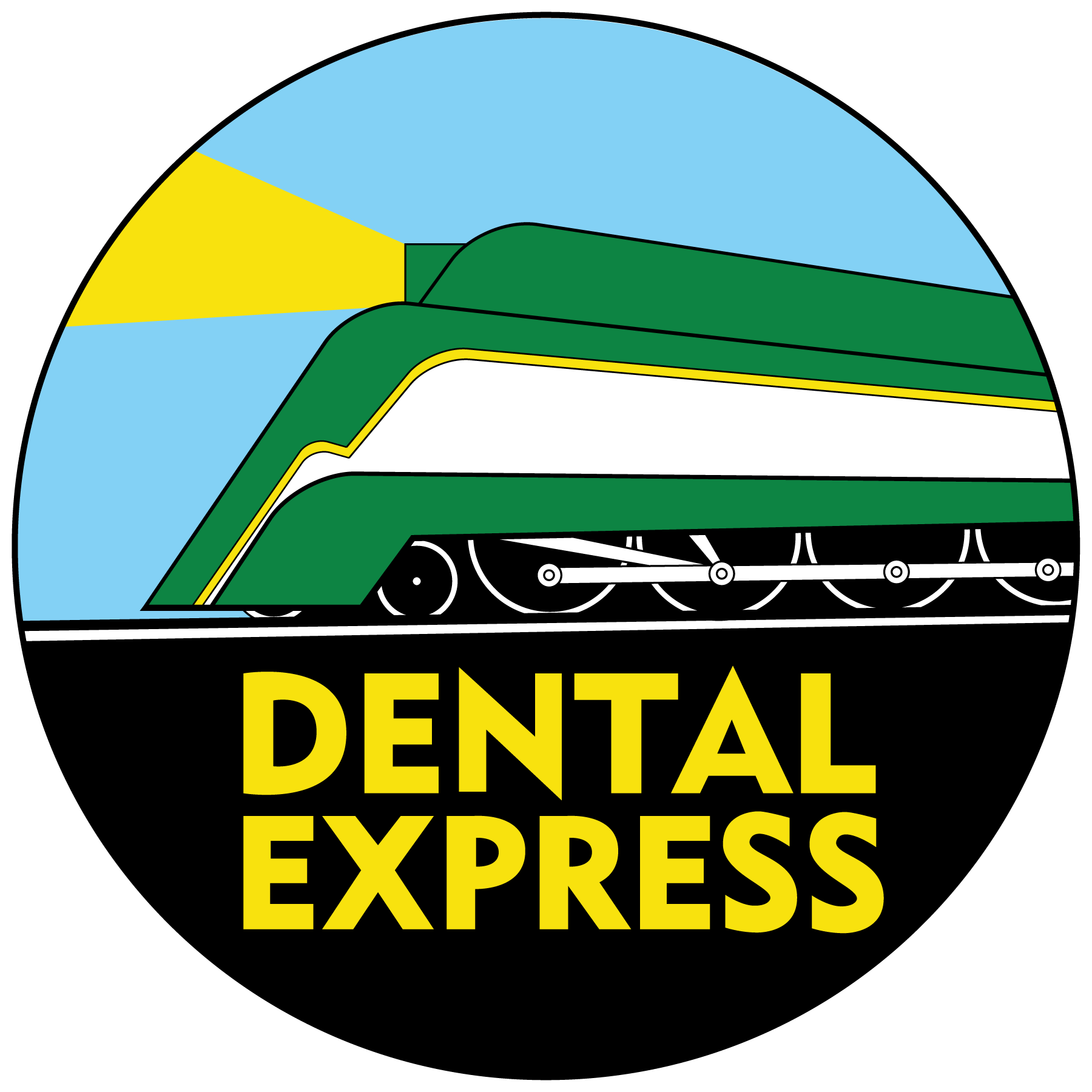You’ve had a rough week and want to order take-out. You call the restaurant and clearly ask for a side order of steamed dumplings. The order arrives and you pay the delivery man (or you may have already paid on line through a credit card). You sit down to enjoy your meal after a crazy week at work. What? No dumplings. You’re not only disappointed, but you’re miffed because you’ve PAID for those dumplings. You call the restaurant to be sure they make this right. If you’re that upset over paying for food you didn’t receive, why aren’t you worried over using dental benefits you’ve paid for but not used? Not using your dental insurance is throwing your money away. While there is a lot of deviation among plans, most will pay for two cleanings per year. These cleanings are vital because your dental hygienist can clean your teeth in hard- reach places that your toothbrush and floss can’t go. It’s understandable that it can be difficult to navigate the maze of dental insurance. You may wish to take a look at some of the more common terms used in insurance. We also like to let our patients know that their benefits for the calendar year are about to expire. Remember, if you haven’t used your two cleanings by Dec. 31, you lose them for that year.

Americans with Dental Benefits
Most Americans –roughly 92 percent– get their dental benefits through an employer or groups such as AARP. Many others get dental insurance through other programs such as Medicaid. While more Americans have dental coverage than they did in the past, many do not take advantage of it. Studies reveal that Americans with dental insurance are more likely to go to the dentist, and to take their children to the dentist. The result is not only good dental health, but freedom from a variety of other health problems that are related to poor oral hygiene. But despite these obvious benefits, Americans are still skipping annual dental appointments. And children have a better track record of have regular checkups than adults.
According to the Centers for Disease Control:
- 83 percent of children aged 2-17 have received a dental visit in the last year.
- Of those age 18-34, just a little more than half (62 percent) have seen the dentist in the last year.
- Of those over 65, 62.4 percent have seen a dentist in the last year.
Clearly, there is some room for improvement.
Remember: Dental health impacts regular health.
You may be surprised to learn that unhealthy teeth can contribute to disease such as heart disease, diabetes, osteoporosis and infection of the heart lining. Sleep apnea, a condition where you stop breathing repeatedly during the night, increases your risk of stroke, high blood pressure and heart disease. One of the most confusing aspects of dental benefit plans is the vocabulary. If you don’t understand the language, you can’t understand your benefits.
Here are some commonly used terms:
Contract term: The length of time for your insurance–usually 12 months. Deductible: The amount you have to pay before your insurance will pay for services. For example, if you have a $50 deductible, it means you will have to pay $50 out-of-pocket before your insurance will pay their part. Coinsurance: This is what you have to pay after you reach your deductible. For example, suppose Cindy has a $50 deductible and 20% coinsurance. This means that after she pays $50 for dental services, her insurance policy will pay 80% for services. After she reaches her deductible, she is responsible for paying 20% of her bill. Yearly maximum: Unlike most health insurance plans, a dental insurance yearly maximum refers to the maximum amount of money the dental insurance policy will pay during the benefit year, not the maximum out of pocket to be paid by the patient. Exclusions: Services that are not covered. Still confused? Don’t worry. Our professionals are happy to help you navigate through the sometimes confusing maze of dental insurance. Schedule an appointment today.

